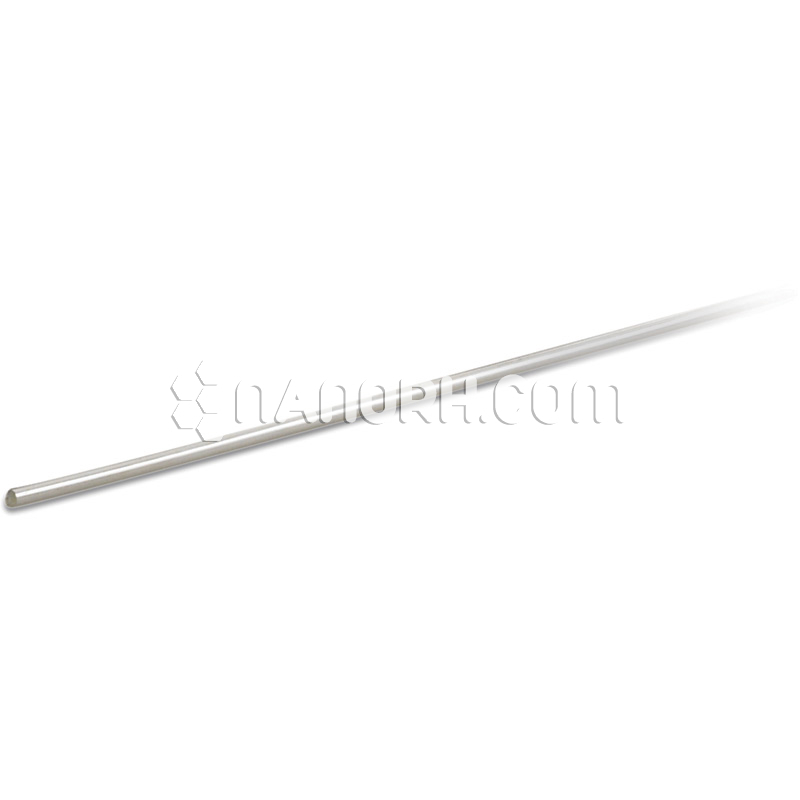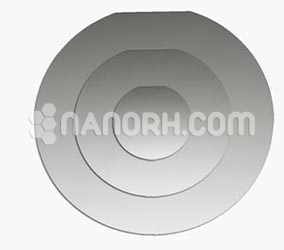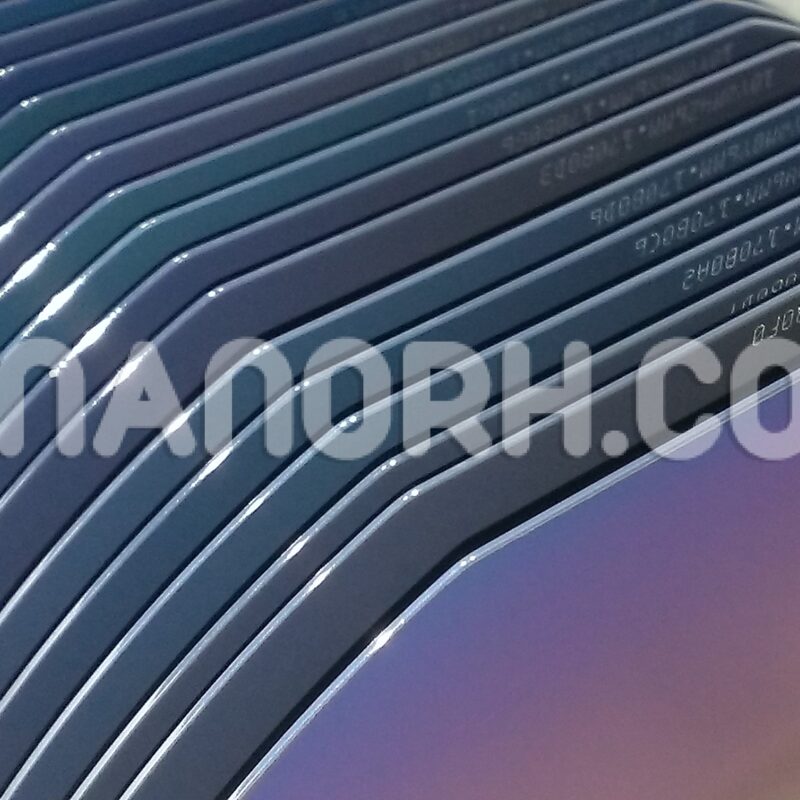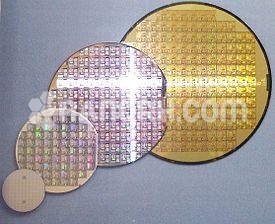| Aluminum Wire | |
| Product No | NRE-62002 |
| CAS No. | 7429-90-5 |
| Formula | Al |
| Size | 1.0 mm (0.040″) Dia. (Can be Customized) |
| Length | 1 m, 2m, 5m,100m. |
| Purity | 99.99% |
| Molecular Weight | 26.982 g/mol |
| Density | 2.7 g/cm³ |
| Melting Point | 660.3 °C |
| Boiling Point | 2,470 °C |
Aluminum Wire
Introduction: Aluminum wire is a versatile conductive material used primarily for electrical applications. Known for its lightweight and excellent conductivity, aluminum wire is an economical alternative to copper wire in various settings.
Key Features:
Lightweight:
Al is significantly lighter than copper wire, making it easier to handle and install, especially in overhead power lines.
Cost-Effective:
Generally, aluminum wire is less expensive than copper, making it a more economical choice for many electrical applications.
Good Conductivity:
While aluminum has about 61% of the conductivity of copper, its lower weight allows for larger diameter wires, which can help offset conductivity differences in many applications.
Corrosion Resistance:
Aluminum naturally forms a protective oxide layer, enhancing its resistance to corrosion, particularly in outdoor environments.
Flexibility and Ductility:
Aluminum wire can be easily bent and shaped, making it suitable for various installation needs.
Applications:
Electrical Transmission:
Widely used in overhead power lines for electrical transmission and distribution due to its lightweight and conductive properties.
Building Wiring:
Commonly used in residential and commercial electrical systems, particularly for larger feeder lines and service entrance applications.
Automotive Applications:
Utilized in automotive wiring systems for its lightweight nature, helping improve fuel efficiency by reducing overall vehicle weight.
Electronics:
Employed in the production of electronic devices and components where lightweight and efficient conductivity are required.
Telecommunications:
Used in telecommunication cables to facilitate data transmission over long distances.




